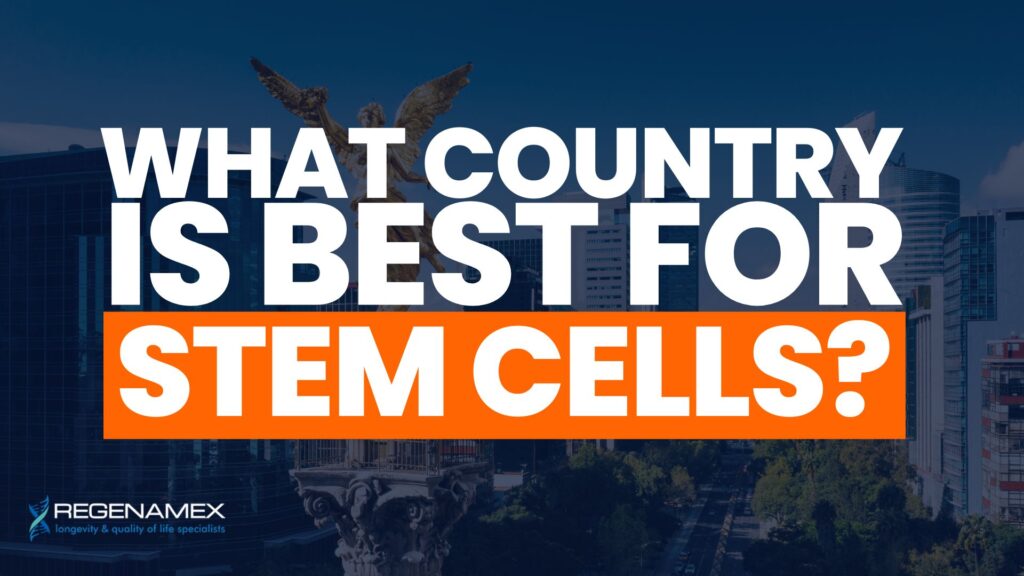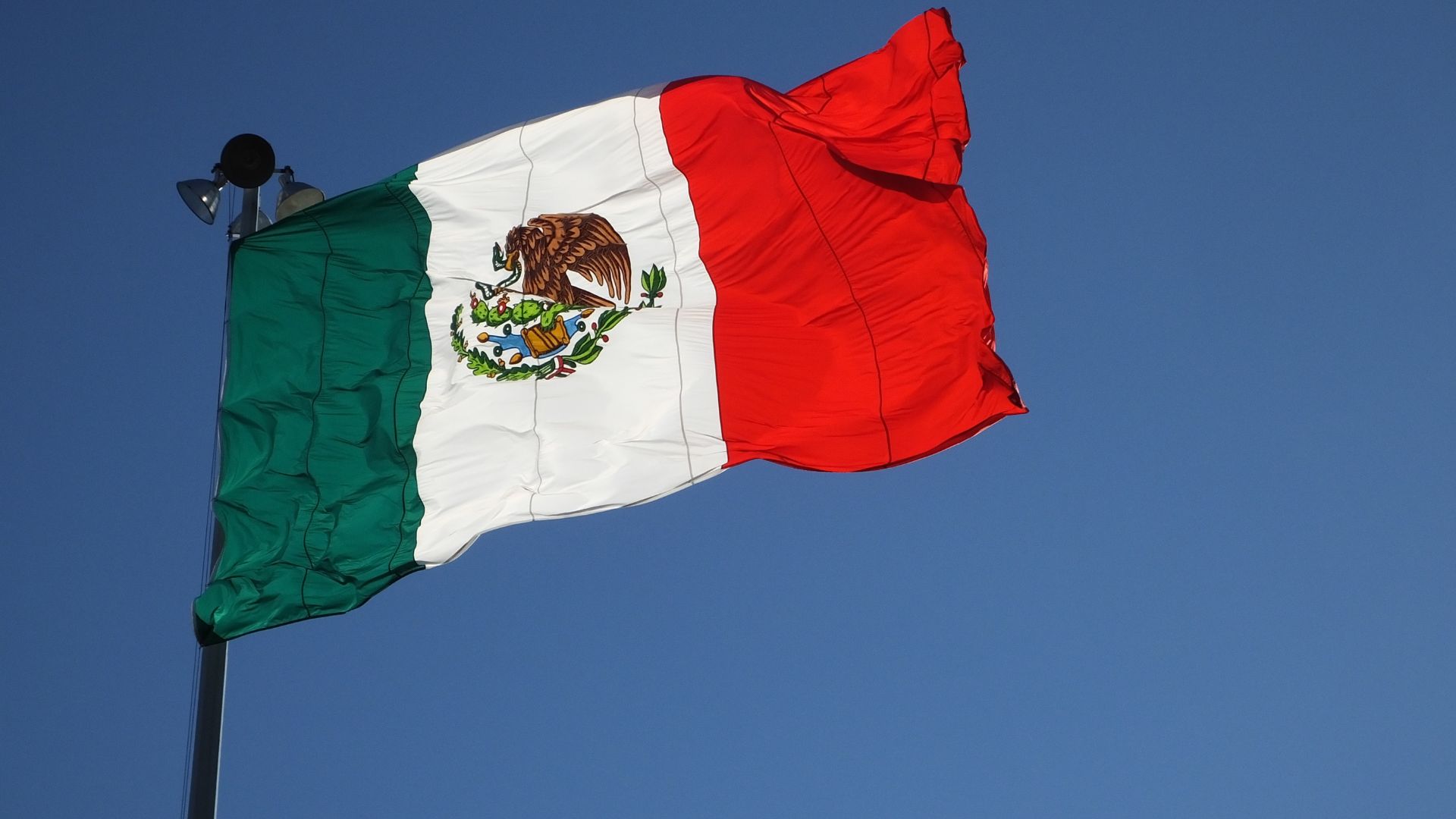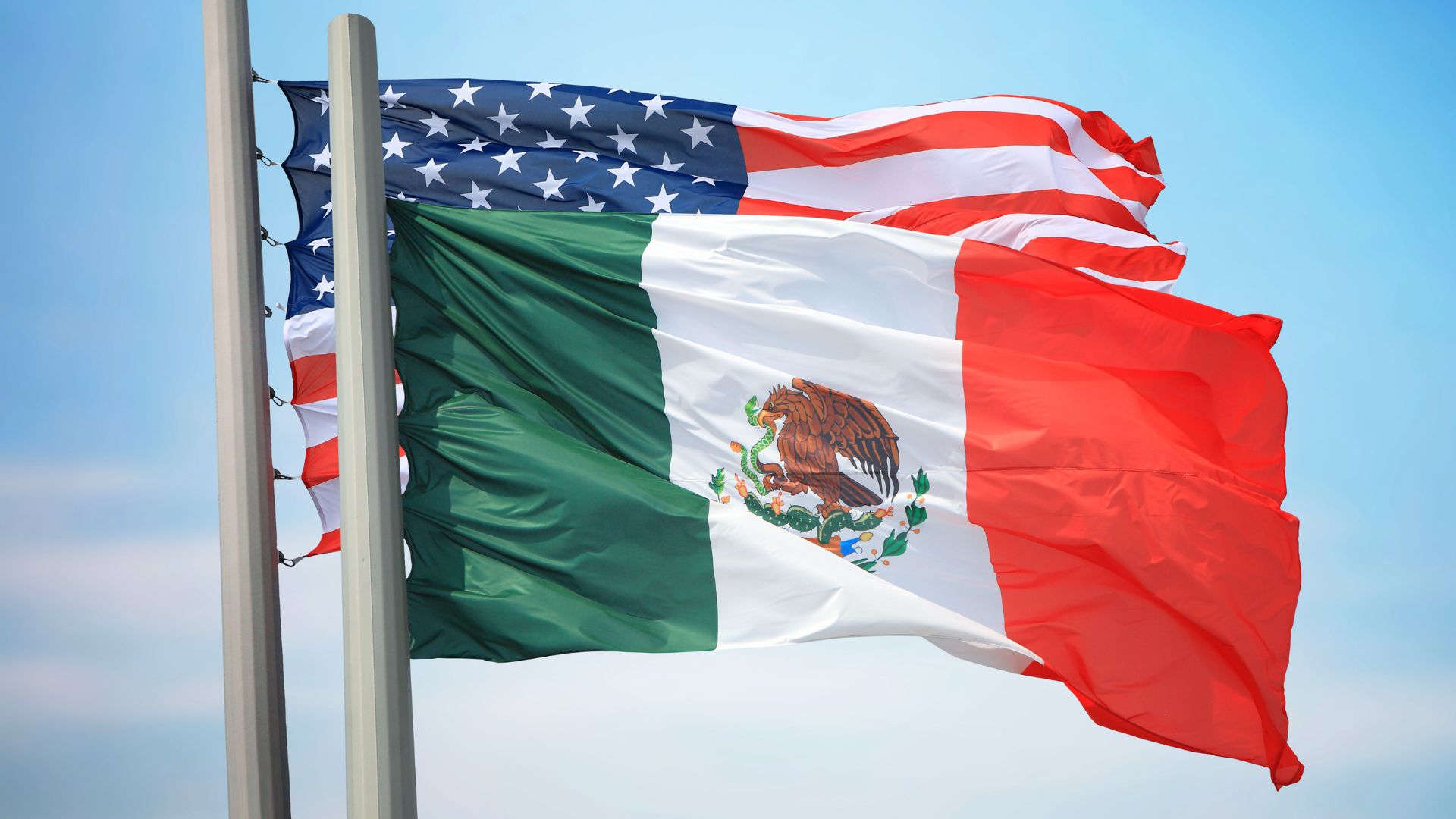
If you’re asking, “What country is best for stem cells?”—you’re not alone. This question is now one of the most searched by patients considering regenerative medicine abroad. In this guide, we’ll answer it in full detail and show why Regenamex in Mexico may be the best choice for you.
With the rising popularity of regenerative medicine, more and more patients are asking: What country is best for stem cells? The answer depends on several factors, including safety, cost, clinical standards, legal regulations, and treatment outcomes. In this comprehensive guide, we’ll explore the top destinations for stem cell therapy around the world—and explain why Mexico, and particularly Regenamex, stands out as a global leader.
Understanding the Landscape of Stem Cell Therapy Abroad
Stem cell therapy has evolved rapidly over the last two decades. Initially considered experimental and largely confined to research labs, it has since become a widely accepted form of regenerative medicine used in clinical settings around the world. This innovative therapy harnesses the body’s own healing potential by utilizing specialized cells—often derived from Wharton’s jelly, placenta, or bone marrow—to repair, replace, or regenerate damaged tissues. Thanks to advancements in sourcing methods, cell preservation, and delivery techniques, stem cell therapy is now recognized as a legitimate alternative to invasive surgeries and chronic medication regimens. It is currently used to treat a diverse range of health concerns including:
-
Joint and spine issues
-
Neurological disorders
-
Autoimmune diseases
-
Anti-aging and cellular degeneration
-
Sports injuries and post-surgical recovery
However, access to stem cell therapy varies significantly from one country to another due to medical regulations, ethical sourcing, pricing, and quality control.
What Country Is Best for Stem Cells?
 1. Mexico
1. Mexico
Mexico is quickly becoming one of the most trusted and strategically positioned destinations for international patients seeking stem cell therapy. With a growing number of clinics adhering to international medical standards and utilizing cutting-edge treatments such as mesenchymal stem cells (MSCs) and MUSE cells, Mexico offers a compelling blend of scientific innovation, accessibility, and affordability. For patients from the United States and Canada, the proximity, visa-free travel, and bilingual medical teams add to its convenience. Moreover, Mexico’s regulatory environment allows for the ethical application of advanced therapies that are often restricted or unavailable in other countries—making it an increasingly popular choice for those seeking effective and responsible regenerative medicine.
-
Pros:
-
Legal and regulated use of mesenchymal stem cells (MSCs) and MUSE cells
-
Affordable pricing (starting at $2,500 USD)
-
No waitlists or travel restrictions for Americans and Canadians
-
High-quality clinics like Regenamex, offering ethically sourced stem cells from Wharton’s jelly and placenta
-
-
Cons:
-
Patients must do due diligence in selecting a reputable clinic
-
 2. United States
2. United States
While the U.S. has some of the most advanced stem cell research institutions in the world, clinical applications of stem cell therapy remain heavily restricted and tightly regulated by the FDA. Although groundbreaking discoveries are being made in academic and research settings, the ability for patients to actually access these therapies in clinical practice is extremely limited. Most regenerative treatments remain categorized as experimental and are not covered by insurance. Patients often face long waitlists, unclear approval pathways, and out-of-pocket costs that can range between $15,000 and $25,000 or more per session. Additionally, many advanced cell types, including MUSE cells, are not yet available in the U.S. for therapeutic use. This regulatory bottleneck makes it difficult for patients to benefit from the very innovations being developed domestically.
-
Pros:
-
Rigorously regulated by the FDA
-
Cutting-edge research centers
-
-
Cons:
-
Most stem cell therapies are not approved or covered by insurance
-
Extremely high costs (often $15,000–$25,000 per treatment)
-
Limited access to advanced cell types like MUSE cells
-
 3. Panama
3. Panama
Panama has positioned itself as a prominent stem cell hub in Latin America, largely due to its lenient regulatory framework and the presence of internationally recognized research institutions and private clinics. Over the past decade, Panama has attracted a global clientele of patients seeking advanced therapies not yet widely available in their home countries. The country is home to a few highly regarded institutes that specialize in laboratory-grown mesenchymal stem cells and immune-based treatments. Its location, bilingual medical professionals, and lack of restrictive oversight have made it a magnet for affluent medical tourists and biohackers. However, the high price of treatments and the fact that many of these therapies remain in the experimental or early-phase research category limits their accessibility for the average patient.
-
Pros:
-
Advanced research and international clientele
-
Home to well-known stem cell institutes
-
-
Cons:
-
Very expensive (often $20,000–$40,000)
-
Not accessible for all medical conditions
-
 4. Germany & Switzerland
4. Germany & Switzerland
Germany and Switzerland have earned a global reputation for high-end medical tourism and advanced cellular therapies, often appealing to a wealthy, health-conscious clientele. These countries are home to some of the most luxurious medical spas and private regenerative clinics in Europe, offering highly specialized programs that blend anti-aging science, holistic wellness, and cellular rejuvenation. Treatments often focus on vitality, immune modulation, and aesthetic longevity, utilizing autologous or lab-cultured stem cells under tightly controlled regulatory oversight. While the standards of care are exceptional and the facilities world-class, these therapies are often priced well beyond the reach of the average patient and may not be designed for individuals with chronic or degenerative medical conditions.
-
Pros:
-
Strong regulatory environments
-
Advanced clinics
-
-
Cons:
-
Extremely high cost
-
Often limited to niche anti-aging and wellness treatments
-
5. India & Thailand
Both India and Thailand have emerged as popular destinations for medical tourism, including stem cell therapy, largely due to their significantly lower treatment costs compared to Western countries. These nations offer an extensive network of private hospitals and clinics that cater to international patients, often with English-speaking staff and concierge-style medical services. In cities like Bangkok, Delhi, and Mumbai, patients can access various forms of stem cell therapies, ranging from orthopedic and neurological applications to cosmetic and anti-aging uses. However, the quality of care can vary widely depending on the clinic, and there may be less stringent regulatory oversight compared to Western nations. Additionally, next-generation treatments like MUSE cell therapy are generally not available, and ethical sourcing practices can differ from one provider to another, making it crucial for patients to research their options thoroughly.
-
Pros:
-
Affordable
-
Large medical tourism infrastructure
-
-
Cons:
-
Variable quality and less regulatory oversight
-
Limited use of next-gen cell lines like MUSE cells
-

Why Mexico—And Regenamex—Is the Best Choice
For many patients, Mexico strikes the ideal balance between cutting-edge science, ethical practices, and affordable pricing—a combination that is rare to find in today’s global healthcare landscape. This unique trifecta enables patients to access the latest in regenerative medicine without compromising safety or financial stability. Clinics like Regenamex, based in Puerto Vallarta and Tijuana, go above and beyond the typical expectations for international stem cell providers. Regenamex has earned international recognition not only for its clinical excellence and transparency, but also for its personalized, patient-first approach and strong commitment to scientific innovation. The clinic offers a full spectrum of stem cell solutions, including access to next-generation MUSE cells, which are not widely available in many parts of the world. Regenamex’s leadership in both research partnerships and patient outcomes positions it as a global center of excellence in regenerative medicine. They are recognized for:
-
Exclusive use of Wharton’s jelly and placenta-derived MSCs
-
Safe, effective MUSE cell therapy
-
Transparent treatment packages starting at $2,500 USD
-
Dedicated patient advisors and post-treatment support
-
No use of adipose (fat-derived) stem cells
-
Partnerships with internationally accredited labs
Whether you’re treating chronic back pain, autoimmune disease, or exploring anti-aging stem cells, Regenamex provides personalized, science-backed treatment plans.
How to Choose the Right Country and Clinic
When evaluating where to go for stem cell therapy, it’s essential to take a comprehensive, patient-centered approach. Stem cell treatment is not a one-size-fits-all solution, and outcomes can vary significantly depending on the clinic, treatment protocol, and individual patient condition. Patients should assess a country’s overall healthcare infrastructure, research environment, and history of regenerative medicine practices. In addition to clinical outcomes, it’s equally important to evaluate ethical standards, lab partnerships, long-term support, and real patient testimonials. Here are the key factors you should use to guide your decision:
-
Regulatory environment – Is the treatment legal and ethically sourced?
-
Type of stem cells used – Wharton’s jelly, placenta, MUSE, adipose?
-
Track record and case studies – Are real patients getting real results?
-
Cost transparency – Are the prices clear and fair?
-
Support structure – Does the clinic offer consultation, follow-up, and education?
Regenamex checks all these boxes—and more.
Final Thoughts: Where Science Meets Access
So, what country is best for stem cells? If you’re seriously considering treatment, you’ll want to weigh every aspect—from legality and ethics to pricing and results. After comparing destinations like the U.S., Panama, Germany, and India, the answer becomes clearer. For most international patients—especially from the U.S. and Canada—Mexico offers the best overall value in terms of quality, affordability, and access. And within Mexico, Regenamex stands at the forefront of safe, advanced, and personalized regenerative medicine.
Want to learn if you’re a candidate for stem cell therapy?
Apply now at Regenamex.com and speak with a patient advisor today.
Frequently Asked Questions (FAQs)
affordable, legal, and ethically sourced treatments like Wharton’s jelly stem cells especially at clinics like Regenamex.
Yes. Clinics such as Regenamex follow strict quality and sourcing protocols, partnering with certified labs and using non-tumorigenic MSCs.
Mesenchymal stem cells (MSCs) are multipotent adult stem cells that can differentiate into bone, cartilage, and muscle tissue. They are well-researched and widely used in regenerative therapies for orthopedic, autoimmune, and anti-aging purposes.
Stem cells can help with chronic back pain, autoimmune disease, arthritis, diabetes, and more.
Regenamex offers pricing starting from $2,500 USD, a fraction of U.S. or European clinic costs.
Yes. Regenamex exclusively uses placenta and Wharton’s jelly stem cells, not adipose (fat-derived) cells.
Yes, stem cells for anti-aging support cellular rejuvenation and longevity.



